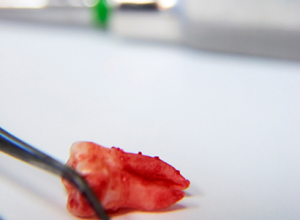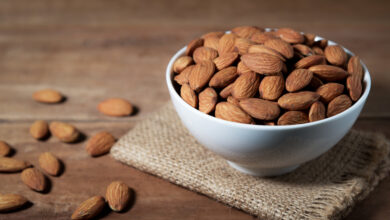Everything You Need To Know About Small And Large Molecule Bioanalysis in Drug Development

Though simpler than large molecule bioanalysis, small molecule bioanalysis has more to it than meets the eye. Here’s what all you need to know about it regarding drug development.
Bioanalysis is an evidence-based approach to identify and quantify Xenobiotics (nonbiotics) or Biotics. Examples of nonbiotics include biological molecules, metabolites and more. Proteins, DNA and macromolecules are typical Biotics. Bioanalysis involves some validated methods to collect, process, store, and investigate a biological matrix for a given compound.
Small Molecule Bioanalysis:
Small molecules measure less than 1nm and weigh less than 900 Daltons, and hence the name. These molecules help investigate biological function, develop novel therapeutic agents, and restrict protein function and interactions between different proteins. When ingested, the small molecule therapeutics dissolves in the gastrointestinal tract and reaches the desired tissue via the bloodstream. Besides serving as drugs, they also have applications in cell signaling.
Despite the recent onslaught of large molecule therapeutics, 90% of standard medicines are still small proteins. That underlines the relevance of small molecule bioanalysis in the present drug development scenario. The overarching objective of nonbiotics bioanalysis is to get the gist of Bioequivalence, Pharmacokinetics, and Toxicokinetic. Plus, Pharmacodynamic and other contact-responses are studied to quantify the drug compounds across biological matrixes.
The nonbiotics bioanalysis is relatively simple and quick than the large molecule bioanalysis. That said Non-Biotics warrant precise quantitative analysis across the entire drug pipeline. From discovery to approval, informed decisions are entirely based on bioanalytical findings. The accurate the bioanalysis, the clearer the toxicological interpretations will be. Contrarily, flawed findings result in inept drug compounds, faulty drug management or even lawsuits.
Validation Parameters:
Issued on 24 May 2018, FDA’s Bioanalytical Method Validation (BMV) guidelines are industry standard in establishing a given method’s performance characteristics for a given bioanalytical application. The idea is to bring reliability, reproducibility and other traits across methods used in small molecule bioanalysis. CROs, sponsors, and researchers are now hard-pressed to align their existing practices with the latest Bioanalytical Method Validation guidelines for the industry.
Bioanalysis for small molecules involves an array of validation methods, notably HPLC, LC-MS/MS, and Gas Chromatography. HPLC stands for High-Performance Liquid Chromatography, while LC-MS/MS is an abbreviation for Liquid Chromatography-Mass Spectrometry. Each of the methods warrants compliance with multiple key parameters, such as, but not limited to:
Selectivity:
Quantification of an analyte is vulnerable to metabolites, biological matrix, and other components. The bioanalytical method should be capable of differentiating and quantifying and the chemical constituent in the sample carrying these components. This capability is known as selectivity. High selectivity translates into low interference of the analyte with the biological matrix, and vice versa. At least 6 blank samples, each from a different source, are taken to determine the selectivity. It’s a key parameter for small and large molecule bioanalysis.
Accuracy:
To ascertain the accuracy of a given bioanalytical method, the given sample is studied at high, medium and low concentration levels. The idea is to encompass the calibration curve range in its entirety. FDA guidelines require assessing at least 5 samples with varying concentrations.
Reproducibility:
The bioanalysis method needs to deliver similar results across labs, environments, and conditions. This measure is termed as reproducibility. Herein, homogenous aliquots are evaluated in different laboratories in adherence to certain pre-specified parameters.
Stability:
The analyte’s stability in a given sample needs to be studied for stable outcomes when bioanalysis validation is underway. From post preparative, benchtop to the stock solution, multiple stabilities are evaluated.





